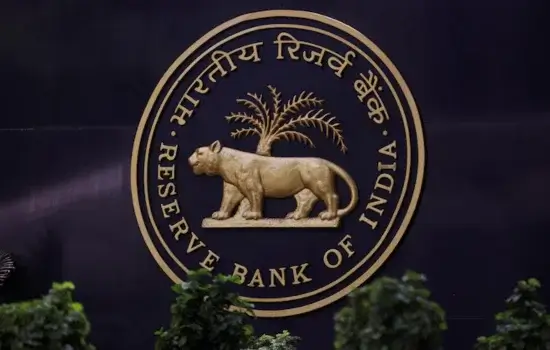The Reserve Bank of India (RBI) has recently mandated that banks take immediate action to reduce the number of inoperative or dormant accounts and streamline the reactivation process. This directive aims to enhance customer convenience and ensure better management of unclaimed deposits.
Understanding Inoperative Accounts
An account is classified as inoperative or dormant if there are no customer-initiated transactions—financial or non-financial—for over two years. Non-financial transactions include activities like updating personal details or requesting a new cheque book.
RBI’s Directive to Banks
The RBI has observed a significant number of inoperative accounts across various banks, leading to customer inconvenience and potential fraud risks. In response, the RBI has instructed banks to:
- Urgently reduce the number of inoperative accounts.
- Facilitate seamless Know Your Customer (KYC) updates through digital channels such as mobile and internet banking, non-home branches, and Video Customer Identification Processes (V-CIP).
- Report the status of inoperative accounts on a quarterly basis.
These measures are designed to make the activation process smoother and more customer-friendly.

Reactivating Inoperative Accounts in Major Banks
If you have an inoperative account with State Bank of India (SBI), HDFC Bank, or Punjab National Bank (PNB), here are the steps to reactivate your account:
State Bank of India (SBI):
- Visit the Home Branch: Personally visit your SBI home branch.
- Submit a Written Application: Provide a written request for account activation along with updated KYC documents.
- KYC Documentation: Present self-attested copies of valid identity and address proofs.
- Account Activation: Upon verification, the branch will reactivate your account.
SBI emphasizes that no charges are levied for reactivating dormant accounts.
HDFC Bank:
- Branch Visit: Go to the nearest HDFC Bank branch.
- Application Submission: Fill out and submit the ‘Dormant Account Activation’ form.
- Provide KYC Documents: Attach self-attested copies of identity and address proofs.
- Initiate a Transaction: Conduct a small deposit or withdrawal to mark account activity.
- Activation Confirmation: The account is typically reactivated within 24 hours post-verification.
HDFC Bank ensures a hassle-free process for customers to reactivate their accounts.
Punjab National Bank (PNB):
- Visit the Branch: Approach your PNB home branch.
- Written Request: Submit an application requesting account activation.
- KYC Compliance: Provide self-attested copies of valid identity and address proofs.
- Transaction Requirement: Perform a nominal transaction to reactivate the account.
PNB advises customers to keep their accounts active by conducting regular transactions to avoid dormancy.
Preventing Accounts from Becoming Inoperative
To prevent your account from becoming dormant:
- Regular Transactions: Ensure at least one customer-initiated transaction every two years.
- KYC Updates: Keep your KYC information current to avoid restrictions.
- Monitor Accounts: Regularly check account statements and balances.
By adhering to these practices, you can maintain the active status of your bank accounts and avoid the inconvenience of reactivation procedures.
Conclusion
The RBI’s directive underscores the importance of active account management and the need for banks to facilitate easy reactivation processes. Customers of SBI, HDFC Bank, and PNB can follow the outlined steps to reactivate their inoperative accounts and ensure seamless banking experiences.